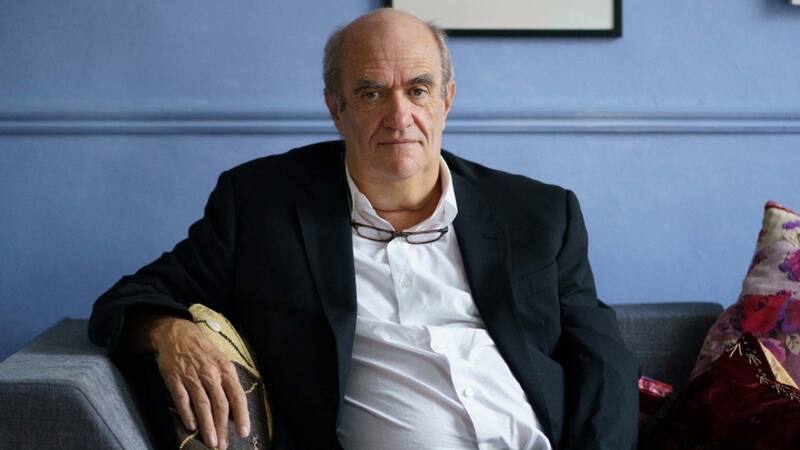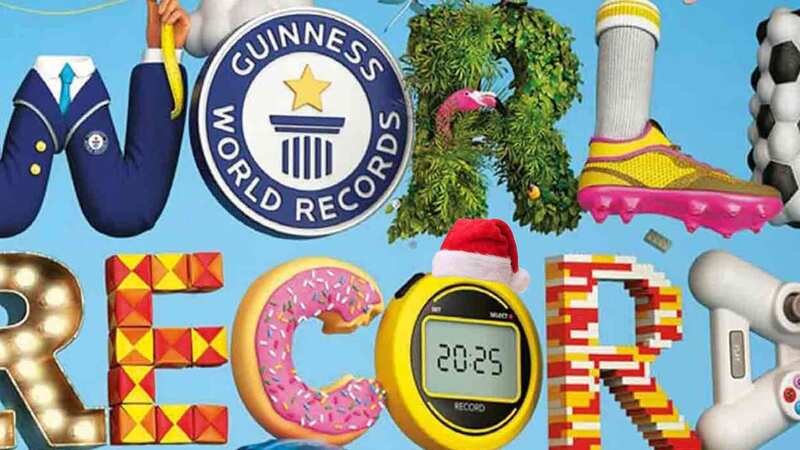You are viewing your 1 free article this month. Login to read more articles.
US children's market still growing, Global Kids Connect conference hears
“Economic markers are positive,” proclaimed NPD-BookScan executive director for business development Kristen McLean in the opening presentation at the Bologna Book Fair/Publishers Weekly Global Kids Connect conference in New York on Monday (4th December).
While many adult publishers speak of a difficult environment, distracted consumers, and flat sales, children’s has continued to grow. In her overview, McLean explored what’s growing, what’s hot, the deeper market forces at play, and opportunities and challenges for the future - including a warning that a potential "retail apocalypse" of store closures should be taken seriously.
Overall trade sales from 2010 to today have been flat (compound annual growth rate, or CAGR, was -0.9% in 2016), but print CAGR grew 2.8% from 2013-16, “a very big rate” for a mature business. And children’s remains very much a print market.
While 47% of adult fiction reading has migrated to e-books, and sales have declined (the ballooning self-published sector isn’t captured by BookScan), children’s print growth of 5.3% from 2013-6 has been “fantastic.”
In channels, online has been flat, and there’s been erosion in chains, but McLean saw “steady gains” in the mass merchant sector, even though shelf space has shrunk, allowing for fewer titles. Independents are an “awesome” force right now. As for formats, there was growth in hardcover (8%); board books (7%); boxed sets (6%); but trade paper was down (1%).
Of course, most of 2016’s growth can be attributed to the impact of J K Rowling. There’s no new Rowling this year to work magic, but at least there’s no general election; this year’s fourth quarter should be up a bit as a result.
For what’s hot, try kid-driven gaming and science activities: think Minecraft, Slime chemistry, robotics, YA technology (+12%)..Science fiction, fantasy and magic (+33%), and families and health (+17%), are all up in juvenile fiction.
Growth in backlist (4%) has been greater than in frontlist (2%) during the past two years.
McLean is “super-bullish” on comics and graphic novels (fiction and nonfiction), up 24% in 2015-16, driven by mass merchants and independents: from Dav Pilkey’s Dog Man to John Lewis’s memoir March, and Raina Telgemeier’s Smile Sisters. Fifty-seven percent are bought by the 13-29 age-group. Manga, a newer growth area, skews more diverse, with 76% of readers under age 29. This new demographic, “very hungry,” doesn’t make its purchases from traditional comics shops, and is a group to watch.
Classics are back and up. And it pays to invest in early childhood books. Among sub-categories with positive growth are imagination and play (+25%); bedtime and dreams (+8%); nursery rhymes (+8%); fictional animals (+3%).
Although bullish, McLean didn’t shy away from challenges. The past six quarters have shown retail growth slowing overall, and the market is “fairly saturated with stuff.” More money is going to “entertainment experiences, and things that make memories.”
Another problem: the US is “overstored,” and fears of a “retail apocalypse” should be “taken seriously.” It’s predicted there will be more closures in 2018 than in 2008, the first year of the Great Recession. Macy’s is struggling; so is B&N. High streets and malls have many empty storefronts. On the other hand, the square foot price will drop, and independents will benefit. B&N is now exploring the idea of smaller stores, and could benefit, too.
The current “cultural paranoia,” which has shown the “dark side” of social media, demonstrates the dangers of unmediated internet access. Parents are rethinking their children’s relationship to technology. That might help books; so, too, the Hygge movement, cocooning at home. On the other hand, 37% of children 0-2 already use smartphones. That’s not going away.
The need for tradition and technology to co-exist is the new future. McLean sees a “cross-investment in platforms and services” and melding of digital and physical, and suggested that the Sesame Workshop/Houghton Mifflin Harcourt/Mattel-backed OSMO could offer an example of how it might look.
















